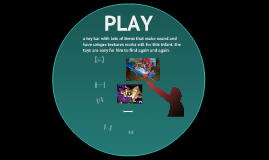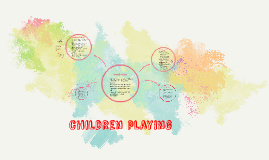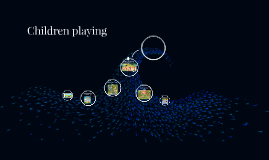Engaging PowerPoint Templates
Transcript: Minimalist Designs Vibrant Designs Minimalist designs prioritize clarity and simplicity, often utilizing ample white space, limited color palettes, and straightforward fonts. This approach helps to keep the audience focused on the core message without distractions. Vibrant designs are characterized by bold colors, intricate graphics, and dynamic layouts. These templates aim to capture attention and energize the audience, making them excellent for presentations where engagement is crucial. Increased Audience Engagement Attractive templates capture the audience's attention, making it easier for them to engage with the content. A visually appealing presentation encourages participation and interaction, leading to a more dynamic experience. Enhanced Information Retention Benefits of Using Attractive Templates Visually appealing templates help to reinforce key messages, making them more memorable. When information is presented clearly and attractively, audiences are more likely to retain what they have learned. Professional Image Creation A professional and well-structured template reflects positively on the presenter and the organization. It instills confidence in the audience and enhances the overall credibility of the message being delivered. Choosing the Right Template for Presentations Key considerations for selecting an attractive PowerPoint template that resonates with the audience and enhances communication. Purpose of Presentation Audience Analysis Content Type Determine the goal of your presentation, whether it's to inform, persuade, or entertain, to guide template selection. Identify the demographics and preferences of your audience to select a template that appeals to them. Consider the nature of your content (data-driven, narrative, visual) to choose a template that supports it effectively. Clean Design A clean design helps to eliminate distractions, allowing the audience to focus on the content. It ensures that the layout is uncluttered, making it easier to follow the presentation's flow. Cohesive Color Schemes Cohesive color schemes create a harmonious look that reinforces the message and theme of the presentation. Selecting a palette that complements the content enhances visual appeal and maintains audience interest. Key Features of Attractive Templates Easy-to-Read Fonts Easy-to-read fonts are crucial for ensuring that the audience can quickly grasp the presented information. Selecting legible typefaces and appropriate sizes enhances readability and understanding. Visual Elements Visual elements such as images, charts, and icons can significantly enhance the message being communicated. They provide context and support the content, making the presentation more engaging and informative. The Importance of Attractive PowerPoint Templates Attractive PowerPoint templates play a crucial role in ensuring presentations are memorable and impactful. They not only capture the audience's attention but also facilitate better understanding and retention of information. By utilizing well-designed templates, presenters can convey their messages more effectively and maintain audience interest throughout the presentation. The Importance of Attractive PowerPoint Templates Attractive PowerPoint templates play a crucial role in effective communication by capturing the audience's attention and conveying messages clearly. They serve as a visual aid that supports the content, making presentations more engaging and memorable. Engaging PowerPoint Templates Exploring Creative Designs for Effective Presentations

















